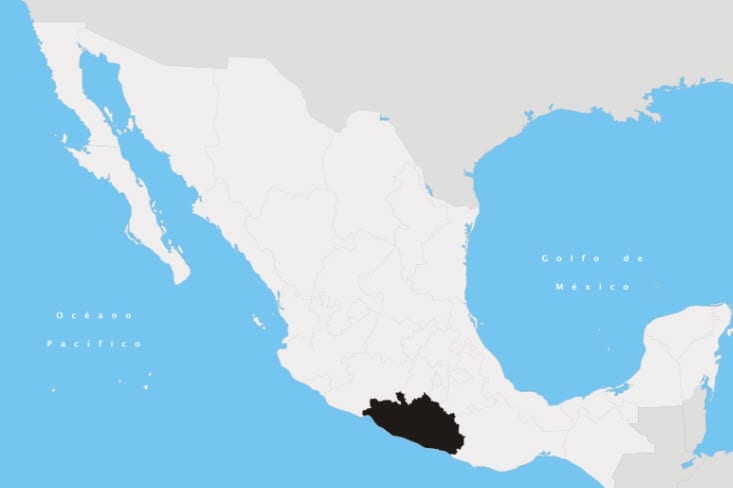 OSTON, March 20, 2012 – According to catastrophe modeling firm AIR Worldwide, an earthquake with a preliminary magnitude of 7.4 (according to the U.S. Geological Survey), struck a sparsely populated region in the state of Guerrero, Mexico today, just after noon (local time). The earthquake struck close to the border between Guerrero and the southern state of Oaxaca. The damage picture from this event is still emerging, but so far, no major damage (nor injury) has been reported.
OSTON, March 20, 2012 – According to catastrophe modeling firm AIR Worldwide, an earthquake with a preliminary magnitude of 7.4 (according to the U.S. Geological Survey), struck a sparsely populated region in the state of Guerrero, Mexico today, just after noon (local time). The earthquake struck close to the border between Guerrero and the southern state of Oaxaca. The damage picture from this event is still emerging, but so far, no major damage (nor injury) has been reported.
“The tectonic setting of western Oaxaca is shaped by the subduction of the Cocos plate beneath the North American plate along a zone known as the Middle American trench, which repeatedly generates large magnitude earthquake events,” said Dr. Tao Lai, Principal Engineer at AIR Worldwide. “Since 1973, the region within 200 kilometers of the epicenter of today’s event has experienced 20 seismic events exceeding M 6.0, and seven events exceeding M 7.0. In 2010 a M6.3 earthquake occurred 52 km southeast of today’s quake, and in 1982 a M7.2 event occurred about 7 kilometers from today’s temblor.”
Today’s earthquake was followed by an aftershock that caused buildings in Mexico City, about 200 miles to the north, to sway for roughly sixty seconds. This sent office workers and residents fleeing to the streets; some were evacuated. Tourists and residents also felt the earthquake in the resort city of Acapulco, nearly 200 kilometers east of the earthquake’s epicenter. No major damage was reported there either, however.
In the epicentral region, southwest of the town of Ometepec (Guerrero), 500 houses were damaged. The earthquake was felt most strongly of all in the neighboring state of Oaxaca. Even there, however, damage reports have been minimal so far; residents noted the quake felt strong but they didn’t see items fall to the ground from their shelves, for example.
According to AIR, the majority of residential buildings in Mexico are of masonry construction. Masonry buildings typically fall into one of three classifications: reinforced masonry, confined masonry, and unreinforced masonry. Unreinforced masonry buildings are one of the construction types most vulnerable to shake damage. Commercial buildings in Mexico are primarily of engineered masonry or concrete construction, and are better able to withstand ground motion.
In large urban areas, such as Mexico City, most middle- to upper-class families live in five- to fifteen-story tall reinforced concrete commercial dwellings. These buildings are generally well designed and built with high quality materials. According to AIR, due to the repetitive and destructive nature of earthquakes in Mexico, building codes in this country are among the most comprehensive in the world. However, there are no national codes. Instead, each of the more than 2,400 municipalities in Mexico enacts and enforces its own regulations, and thus, the seismic performance of buildings in Mexico is greatly influenced by local construction practices. Building damageability is exacerbated by poor workmanship, inadequate materials, and a lack of building-code enforcement.
It is in the very early aftermath of this event, and source parameters may change as reports continue to come in from seismic networks in Mexico and around the world. AIR is gathering the available data on this event and will provide additional information if warranted by this event.
